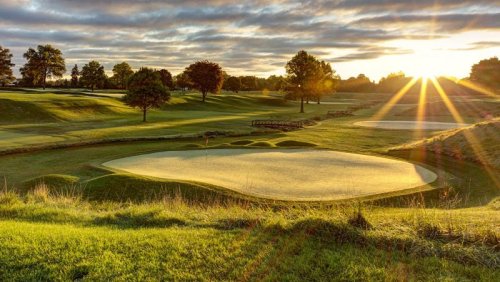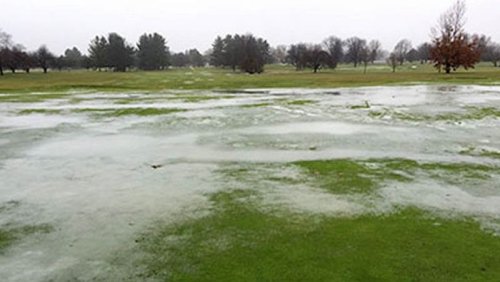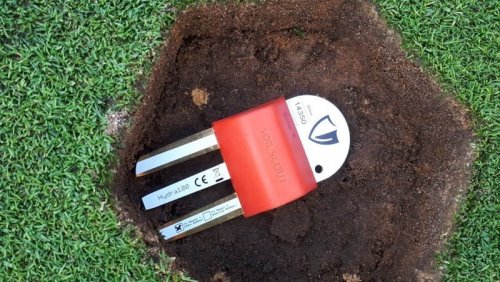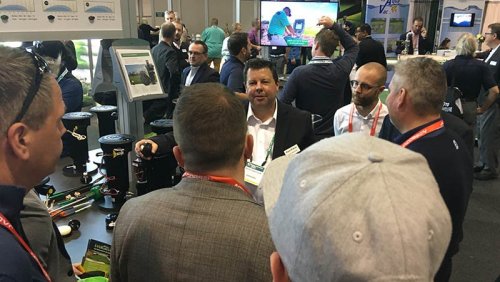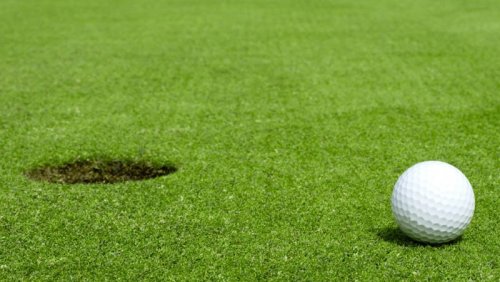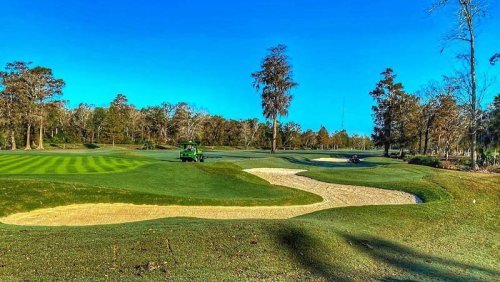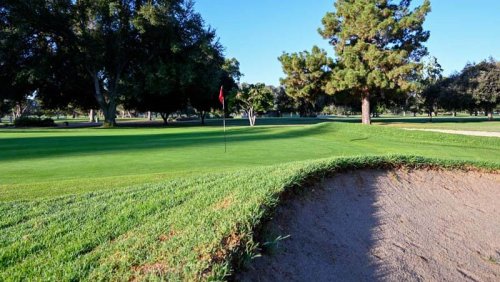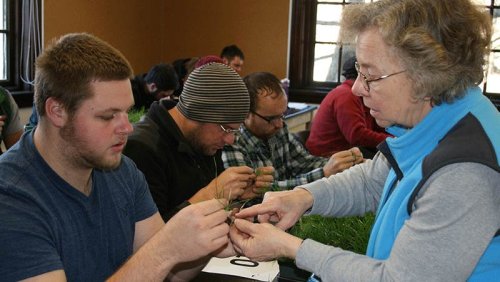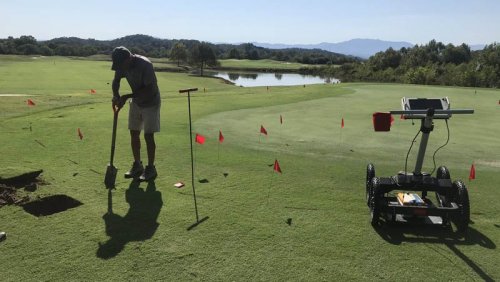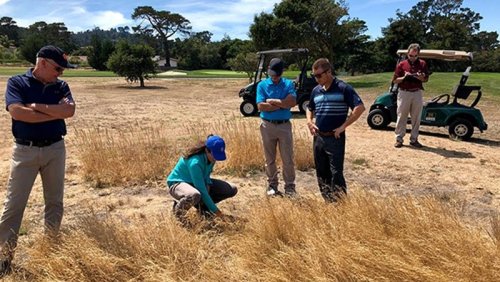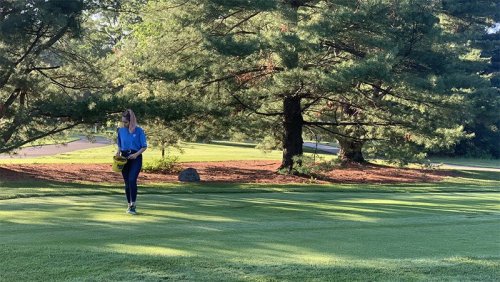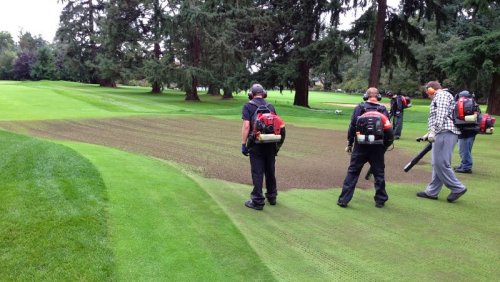
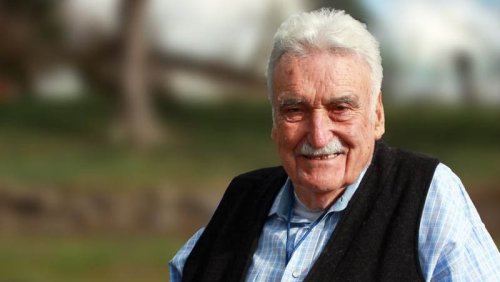
Standing 6 feet, 4 inches tall, Rose towered over most people he encountered, and his chiseled features and piercing stare were enough to cut all the others down to size. As a tough and shrewd entrepreneur and businessman sharpened by a humble childhood and years behind the stick of a U.S. Air Force bomber, Rose was years ahead of his time in the grass seed business.
Bill Lee Rose, who revolutionized the grass seed business from field to sale, died Nov. 7. He was 91.
A native of Bakersfield, California, Rose grew up in Hubbard, Oregon, where he later founded a collection of companies that tied the grass seed industry together, all the way from grower, to research, to marketing and sales. His start-ups include: Roselawn Seed, Tee-2-Green Corp., Turf Seed, Pure Seed Testing, HybriGene, Rose Agri-Seed and Pure Seed. He also was instrumental in establishing the Penncross Bentgrass Association, and the Manhattan Ryegrass Association to ensure higher standards across the industry.
"He always had vision. He was always ahead of his time," said Rose's daughter, Crystal Rose-Fricker. "He could see things that had value before others could, and because of that he always had people riding on his coattails. His life was like a field day; everyone else was riding along."
Bill Meyer, Ph.D., worked for Rose for 21 years before heading to Rutgers, where he has been a professor and turfgrass breeder since 1996. He moved his family to Oregon in 1975 to take the position of vice president of Turf Seed Inc., a deal that included stock in Turf Seed and Pure Seed. But a year after taking the job, Meyer thought all the time he was spending loading bags of seed onto trucks for delivery was beneath his title. When he approached Rose about his frustration, he received a predictable response.
"After a year, I was pretty discouraged. I was doing a lot of loading of trucks in the afternoon instead of doing research," Meyer said. "Bill came to me and said, how about I give you your stock now and let you be president of Pure Seed? Now get to work."
That tough exterior defined Rose throughout his life in and out of business. Many recall him as a rugged yet gentle man, who along with late Penn State professor Joe Duich, Ph.D., worked to ensure more accountability in the seed industry by working to hold seed producers accountable by making sure what was IN the bag was actually what was labeled ON the bag, and not some junked up sack of weed-contaminated seed.
"He looked like a tough guy, but he was one of the nicest people you could ever meet," said former Penn State professor Al Turgeon, Ph.D.
"Along with Joe Duich, they brought a degree of integrity to an industry that some indicated beforehand was lacking. Together, they formed the Penncross growers association, and part of the reason they did that was to maintain standards in the seed industry."
Rose's tough, rugged persona was not just talk. He earned it. The son of a pig farmer, he was B-36 Peacemaker pilot during the Korean War era. With a wingspan of 230 feet, the B-36 had the longest wingspan of any U.S. military aircraft. A 10-engine behemoth (yes, it was powered by 10 engines), the plane had a range of 10,000 miles without requiring refueling.
It was during his days studying soils at Oregon State and flying the world's biggest bomber that he became interested in seed production.
"He was a lieutenant in the Air Force flying bombers and I was a helicopter pilot in the Army during Vietnam, so we always talked about aviation," Turgeon said.
"He was a very successful man. I became a real admirer of Bill."
Meyer remembers Rose as a detail-oriented businessman whose drive and preparation were unmatched.
"He was organized. Before a trade meeting, we would work for maybe five days developing a file for each customer; what we sold them last year and what we have to sell them this year," Meyer said. "My job was to play devil's advocate in those meetings and tell him why his ideas were wrong. It's amazing to think back now on the rehearsals we did for those meetings.
"His plan was to bring the opposition to its knees. He wanted to win, not unethically, but aggressively. He had grit in the seed business. He had grit like no one else had grit."
Survivors include Sheryl Robertson and her children and grandchildren; mother Betty Rose; daughter Crystal Rose-Fricker (Mark); grandson Austin Fricker; granddaughter McKayla Fricker-Smucker (Chris); daughter Cara Rose-Tuggle (Scott); son Ed Rose (Tami); grandson Brandon Rose and granddaughter Kahleia Rose.
- Read more...
- 2,098 views

